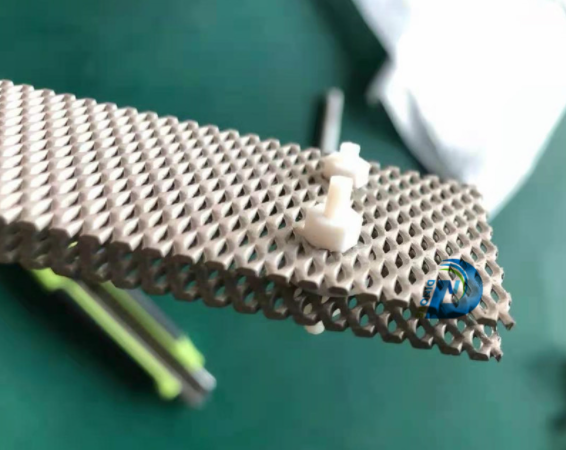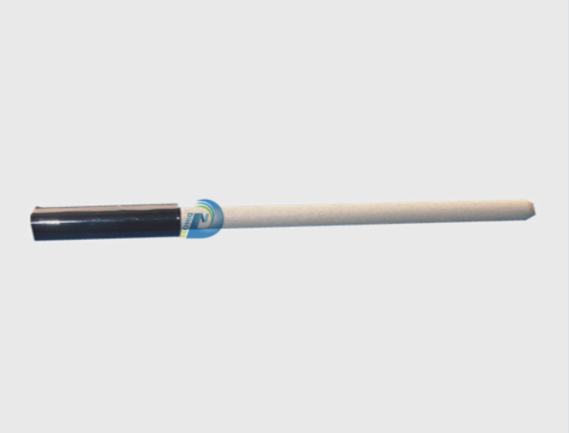Home / News / Advantages and Disadvantages of Platinum-plated Titanium Anode
May. 16, 2022
Platinum-plated titanium anodes have successfully replaced lead anodes as the new favorite for applied current cathodic protection because of their low maintenance costs and higher deposition quality and consistency.

Platinum has the advantages of electrochemical inertness, mechanical strength, workability and good electrical conductivity. However, it is very expensive. The development of platinum on titanium and platinum on tantalum (plating and cladding) materials has opened up the feasibility of using these materials as anode materials for metal finishing and cathodic protection systems in critical applications.
When used as an anode in aqueous media such as seawater, titanium forms a stable insulating oxide film on the surface that is stable below a certain breakdown voltage, thus preventing the flow of current between the aqueous media and the anode. In the marine environment, the oxide formed on titanium can withstand 12 volts, beyond which the insulating barrier is broken and the current begins the corrosion process. For example, the USS Seawolf has an automatic corrosion protection system based on platinum-plated anodes. The use of platinum on titanium (or platinum on tantalum) anodes allows cathodic protection systems with reasonable current densities and low cost to protect nuclear-powered submarines from degradation over the long term.
In hard chrome plating applications, the platinum on titanium anodes is environmentally friendly because they are lead-free. They maintain geometry for nearly three years, ensuring low downtime and reducing employee health risks because there is no lead chromate to dispose of. Compared to lead anodes, platinum titanium anodes have a lower energy loss.
The consumption rate of platinum on platinized titanium anodes is very low and proportional to the current. In the case of deep well bed applications, platinum-plated titanium anodes are a manageable, non-fragile alternative to magnetite or graphite anodes because they have small diameter holes, thus also saving on deep drilling costs.
Platinum-plated titanium anodes synergistically combine the favorable electrochemical properties of platinum (Pt) with the corrosion resistance and other properties of titanium.
The adoption of platinum-plated and platinum-coated anodes offers designers of applied current cathodic protection (ICCP) systems more novel options and choices, as the additional benefits offered by anodes made from composites of titanium-on-platinum and tantalum-on-platinum are game changers. corrosion protection industry, leading to their widespread adoption.
Primary cell materials typically used for anodes, such as magnesium and zinc, are not preferred materials because they are bulky, costly to maintain and must be replaced frequently.

As a base material for platinum-plated anodes, titanium has the disadvantage of lower electrical conductivity compared to niobium or copper. The low breakdown voltage is also an important limitation for applications involving chloride media. the lower operating voltage of 8 volts reduces the current density. Platinum on titanium substrate anodes is used for applications where lower conductivity and breakdown potential are not considered. For better conductivity, platinum-plated titanium anodes with copper cores are sometimes used.
Applications of platinum-plated titanium anodes are limited to those electrolytes that do not react with titanium. They cannot be used in chromium baths containing fluoride.
Please contact DINOR to get the quote, we offer great price for you.